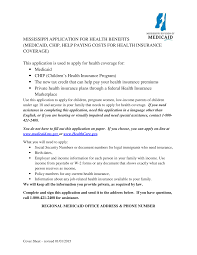
Many employers view health insurance as a critical component of their compensation. These benefits have been steadily rising in cost for the past ten years. There are many reasons for this, including rising deductibles, higher prescription drug costs, and increased health system pricing. These trends are driving the increase in premiums and depressing wage growth. Employers are becoming frustrated with the rising costs and administrative burdens. Others are seeking non-wage options.
Wearable devices are being increasingly used by employers to support wellness programs. According to a survey, one fifth of employers now collect data on wearable devices. The main driver of the increase in health insurance prices is still price. However, employers are looking for new payment methods to ensure their employees stay healthy.
According to the Congressional Budget Office the number of Americans who will continue to receive health care through their employer-sponsored plans will be the same 159 millions in ten years. Health insurance will still be tax-favored. In 2019, the cost of single coverage for a household will still exceed 9.86%.

Premiums are not just the cost of the health insurance, but also the cost of deductibles. An estimated 25% of workers in the United States have a minimum $2,000. Many companies opt for self-insured plans to lower the cost of their benefits. The self-insured plan can save money if claims are low. The employer must pay more if the claim is greater than expected.
Small group rates are determined by the age mix of the employees. Massachusetts has a median annual income of $1186 for workers younger than 25 and an average annual income of $6,896 for those older.
Larger employers have more control over plan coverage. Large employers usually offer a biometric screening for employees. They offer a health and wellness program to encourage employees to see lower-cost doctors. Similarly, employers in the public sector can customize health care plans to meet their needs.
The Affordable Care Act will shift employers with 51 to 100 employees into a merged health insurance market in 2016. These employers will see a rise in premiums of up to 9 percent. It also requires states to set rate annually. Those who don't offer affordable plans are subject to a $3,480 annual penalty.

Some small employers may need to make additional contributions in order to subsidize their employees' health insurance. For example, in Massachusetts, employers are expected to contribute $50 per employee per year.
Despite these requirements however, there is still a decrease in the number of employers that offer health insurance. After a decade of rapid increases, many small employers are frustrated with the uncontrollable cost of benefits. These rates of health insurance aren't increasing for most employers but some are still struggling with employees to keep them.
As the unemployment rate remains low, the difficulty of retaining employees is only increasing. Employers face this issue. Employers will be penalized $2,320 per employee if they do not offer health insurance. For failing to comply COBRA, which requires employers to offer continuing health care to employees, there are thousands of dollars worth of fines.